와인과 송로버섯의 고장
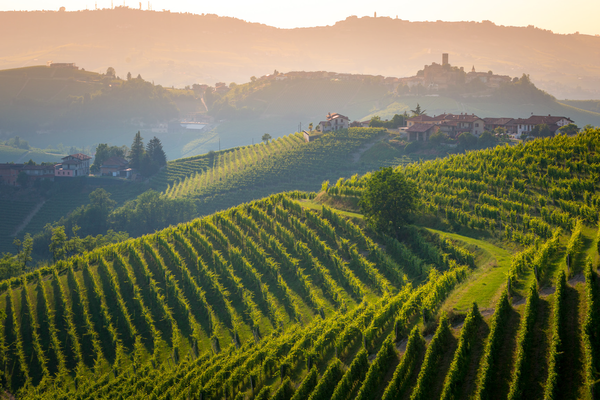
[아츠앤컬쳐] 쿠네오 지방은 로마네스크, 고딕 양식과 바로크 시대 이래 보물 같은 건축의 집합소이다. 그 동안 사람들에게 잘 알려지지 않았으나 이제는 유럽의 영향이 혼합된 지역 문화 예술의 특징을 띠고 중요한 문화적 경계에서 발생하는 증표로 인식되고 있다.
그러므로 쿠네오 지방의 계곡과 평원에 숨겨진 진귀한 예술을 접하고 중세 마을, 교구 교회, 수도원, 성소, 귀족 저택 및 성의 매력을 즐기기 위해서는 서두르지 않고 가는 여정을 제안한다. 그것은 이곳을 지나간 순례자, 군대, 밀수업자 및 예술가들의 흔적으로 회귀하는 길이다.
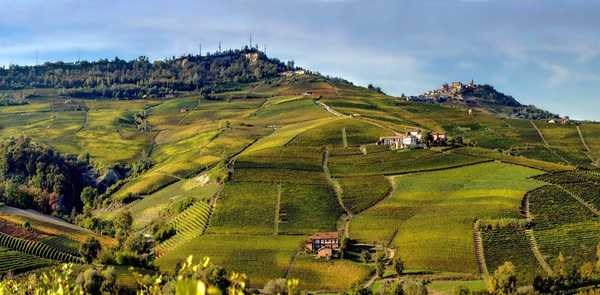
국경에 위치한 쿠네오는 지방 축제 시에 유명한 고대 지방 전통을 기리며 역사와 설화, 민속 문화를 선보이고 있다. 쿠네오라는 지명은 쐐기 모양의 고원(534m)에서 유래한다. 1198년에 군사적으로 전략적 위치에 세워졌으며 수 세기 동안 여러 차례 포위된 바 있다. 1세기(1259~1382) 이상 지속된 앙주(Angevin) 지배에 이어 사보이 통치로 인해 쿠네오는 ‘요새 도시’가 되었다. 쿠네오에서 가장 매력적인 곳 중 하나는 콘트라 다 몬도비(고대 유대인 지구)인데, 회당과 1320년에 설립된 아름다운 S. 세바스티아노 교회가 있다. 아케이드에는 여러 패션 상점, 공예 공방 및 계절 벼룩시장이 있다.
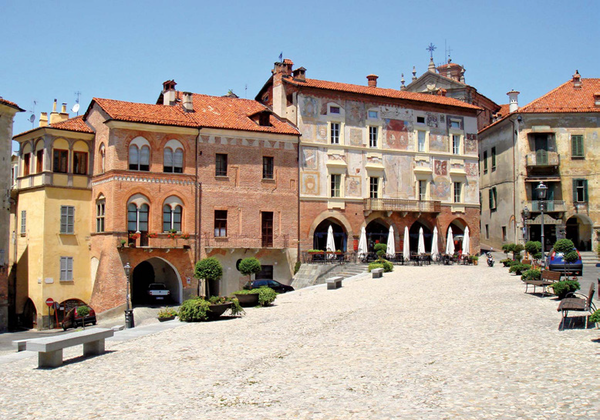
쿠네오 근처의 몬도비는 피에몬테 바로크 양식의 발상지로 주교의 궁전이 있는데(현재 닫혔음), 1556년부터 18세기까지 대학이 있었던 곳이다. 이 지역의 큰 매력 중 하나는 ‘헌신의 길’ 도상에 있다는 점이다. 1000년 이후 유럽인들은 순례를 시작했고 산티아고 데 콤포스텔라, 로마, 예루살렘이 가장 중요한 목적지였다. 주요 본당, 수도원 및 호스피스가 있는 다른 코스가 이 길로부터 파생되었다. 중세의 전형적인 특징은 지팡이와 안장 가방이었다.
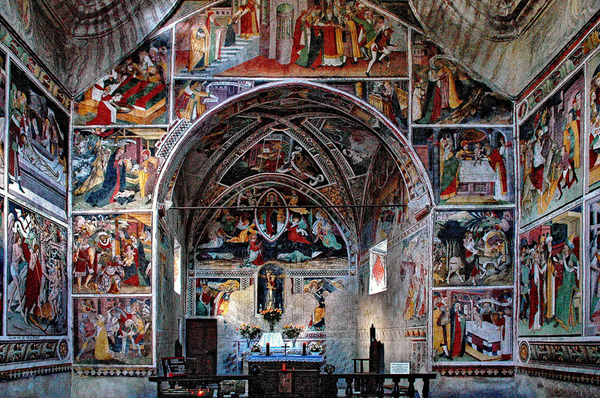
순례자나 믿음의 길을 따라 여행하는 가난한 그리스도인에게는 소지품은 없으나 믿음과 동정심이 충만했다. 일단 알프스의 해안지역(막달레나, 피네스트레, 텐다)이나 프로방스(프랑스)에서 온 순례자들은 마침내 아스티에 이르고 쿠네오를 거치게 된다. 이 길은 로마로 향하는 남쪽 우회로였으나 당시에는 아직 잘 알려지지 않은 상태였다. 주요 수도원에 속한 다양한 호스피스 시설들이 이 넓은 지역에서 순례자들을 인도했다.
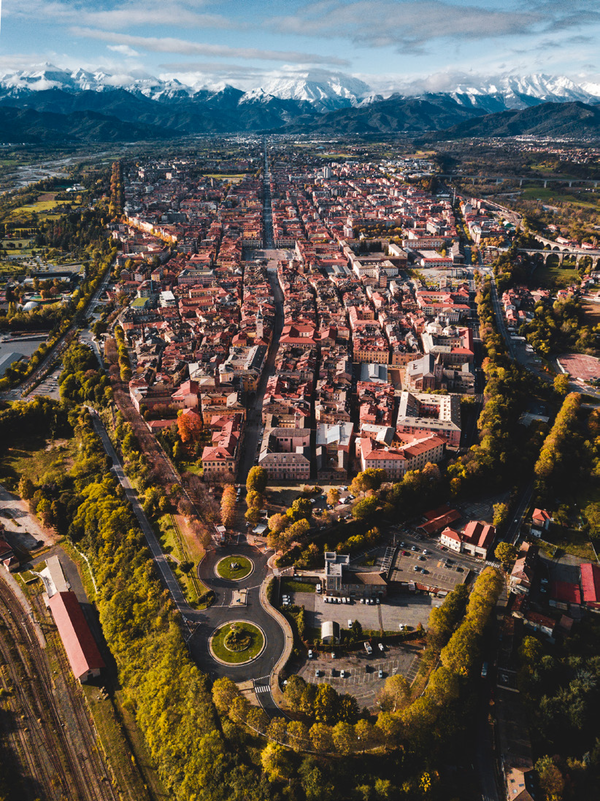
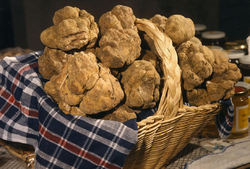
쿠네오 지방은 농경 지역 파노라마에서 가장 중요한 현상을 보인다. 특히 바롤로, 바르베라, 네비올로 및 랑게와 같은 주요 와인과, 양질의 농업, 지역 검증을 받은 우수한 제품, 특별 요리, 매혹적인 풍경과 리조트(랑게로 칭함)는 모두 뛰어난 농업 및 전통 문화의 고장으로 많은 관광객을 끌어들이는 데 기여하고 있다. 이 지역은 이른바최고의 화이트 트러플(송로버섯) 생산지로 잘 알려져 있다.

Cuneo: land of great culture wines and truffles
The Province of Cuneo is an extraordinary casket of architectural jewels dating from the Romanesque, the Gothic and the Baroque periods. Unknown to most people, they
are now considered evidences for an important cultural border movement, signs for an art that blends the European influences and the local reality.
We are suggesting you some itineraries leading to the discovery of the artistic treasures hidden in the valleys and plain of the Province of Cuneo: roads one can go through with no hurry, in order to enjoy the charm of the medieval villages, the parish churches, the monasteries, the sanctuaries, the noble residences and castles. It is a way back on the traces of the pilgrims, the armies, the smugglers and the artists who went through our mountains.
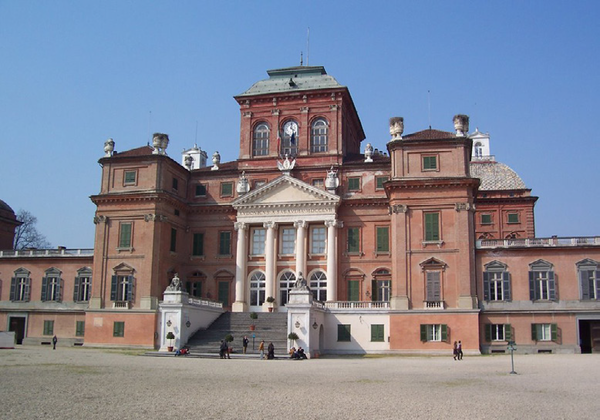
The Cuneo region is a border area, it is a land of ancient rural traditions celebrated during country feasts and it offers plenty of history and steosr,i folklore and culture. The name Cuneo derives from the wedge-shaped plateau (534 m) where it is located. Founded in 1198 in a militarily strategic position, it was besieged several times during the centuries. The Angevin domination( French), which lasted more than a century (1259-1382), was followed by the Savoy reign, during which Cuneo became a “fortress town”.
One of the most attractive places in Cuneo is Contrada Mondovì (the ancient district of the Jews) , the Synagogue and the beautiful church of S. Sebastiano founded in 1320. The arcades houses several fashion shops, craft workshops and a seasonal flea market. Near Cuneo there is Mondovì: the birthplace of Piedmontese Baroque stile. Here we can visit the Bishop’s Palace (currently closed); seat of the university between 1556 and the 18th century.
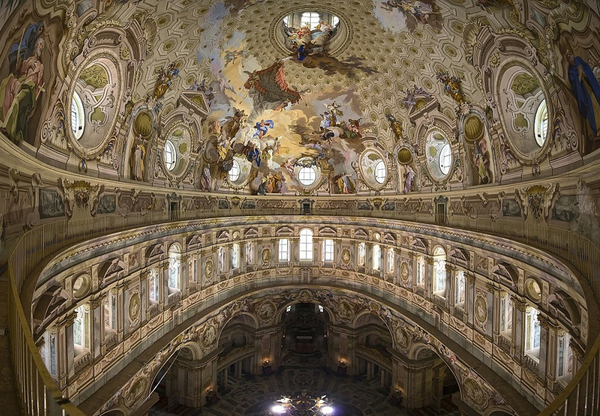
One of the main attraction are “The paths of devotion”. After the year 1000 the Europeans began to go on pilgrimages. Santiago de Compostela, Rome and Jerusalem were the most important destinations. But other paths with a whole lot of parishes, monasteries and hospices radiated out from these major trails.
Typical features of the true main character of the Middle Ages were the cane and the saddle bag: the pilgrim, a poor Christian on a journey along the paths of faith did not have any belongings, but was rich in faith and compassion. Once crossed the Maritime Alps (Maddalena, Finestre, Tenda) the pilgrims who came from Provence( France) finally reached Asti and after the territory of Cuneo, for the territory this path was a great southern diversion for the road to Rome and it was yet unknown. A variety of hospices, which depended from the most important monasteries, guided the pilgrims across the wide territory.
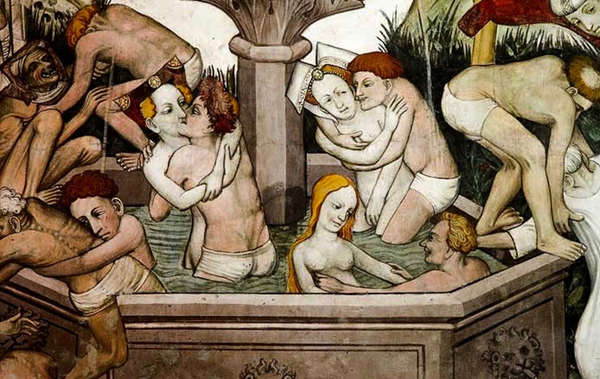
The province of Cuneo represents the most important reality in the regional panorama of agriculture. Important wines, like Barolo, Barbera, Nebiolo andLanghe, quality farming, excellent products with acknowledgements at community levels, characteristic cuisines, enchanting landscapes and resorts (calling Langhe), all contribute to making a province of great farming and cultural traditions, attracting a high number of tourists. This territory is also the kingdom tohfe White Truffle.
글 | 로베르토 파시 Basera Roberto Pasi
Journalist, Doctorate Degree University of Siena(Literature, Philosophy, History of Art with honors), Study at Freiheit Unverisität Berlin, Manager at Osho Resort, Poona India

